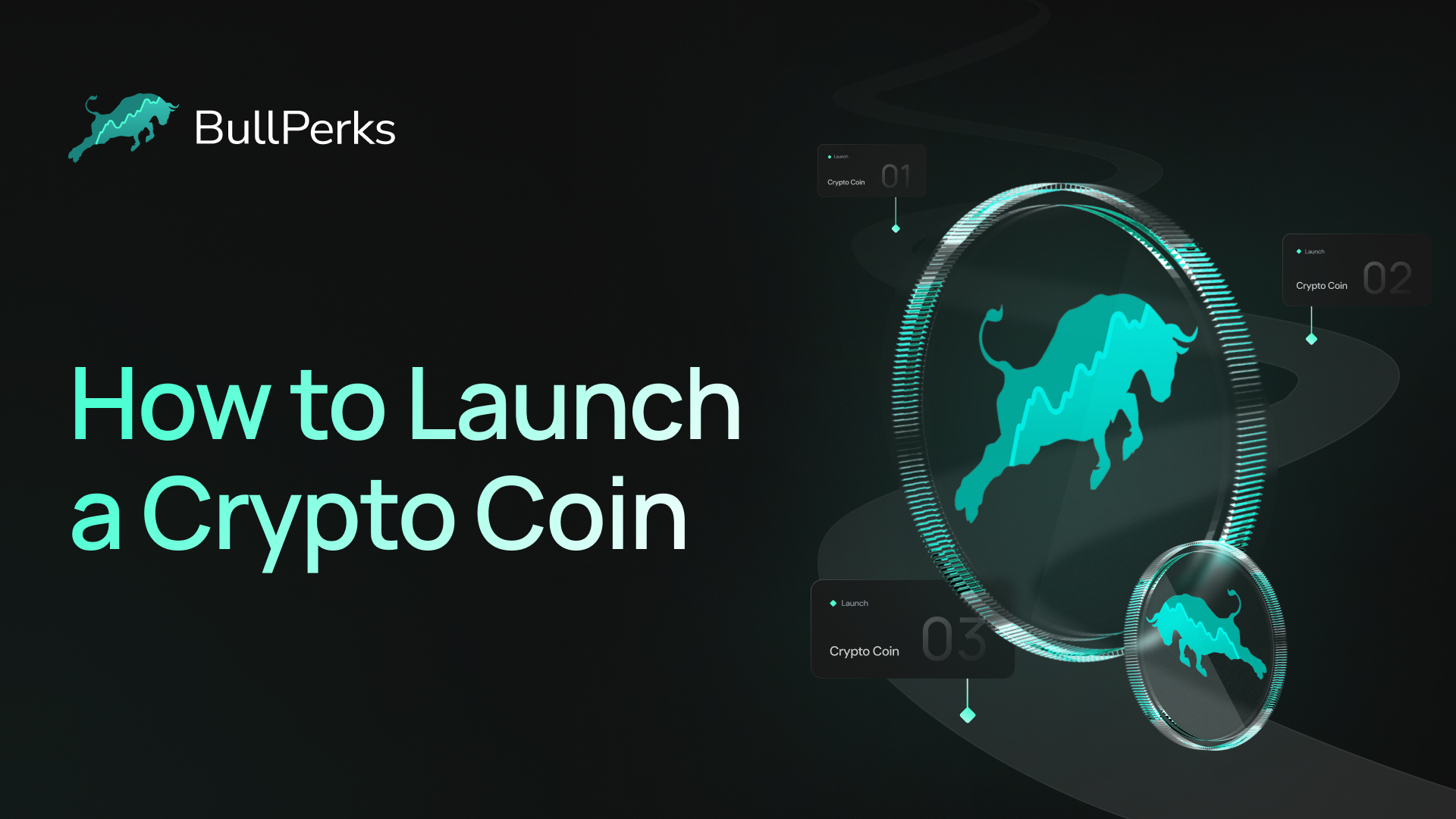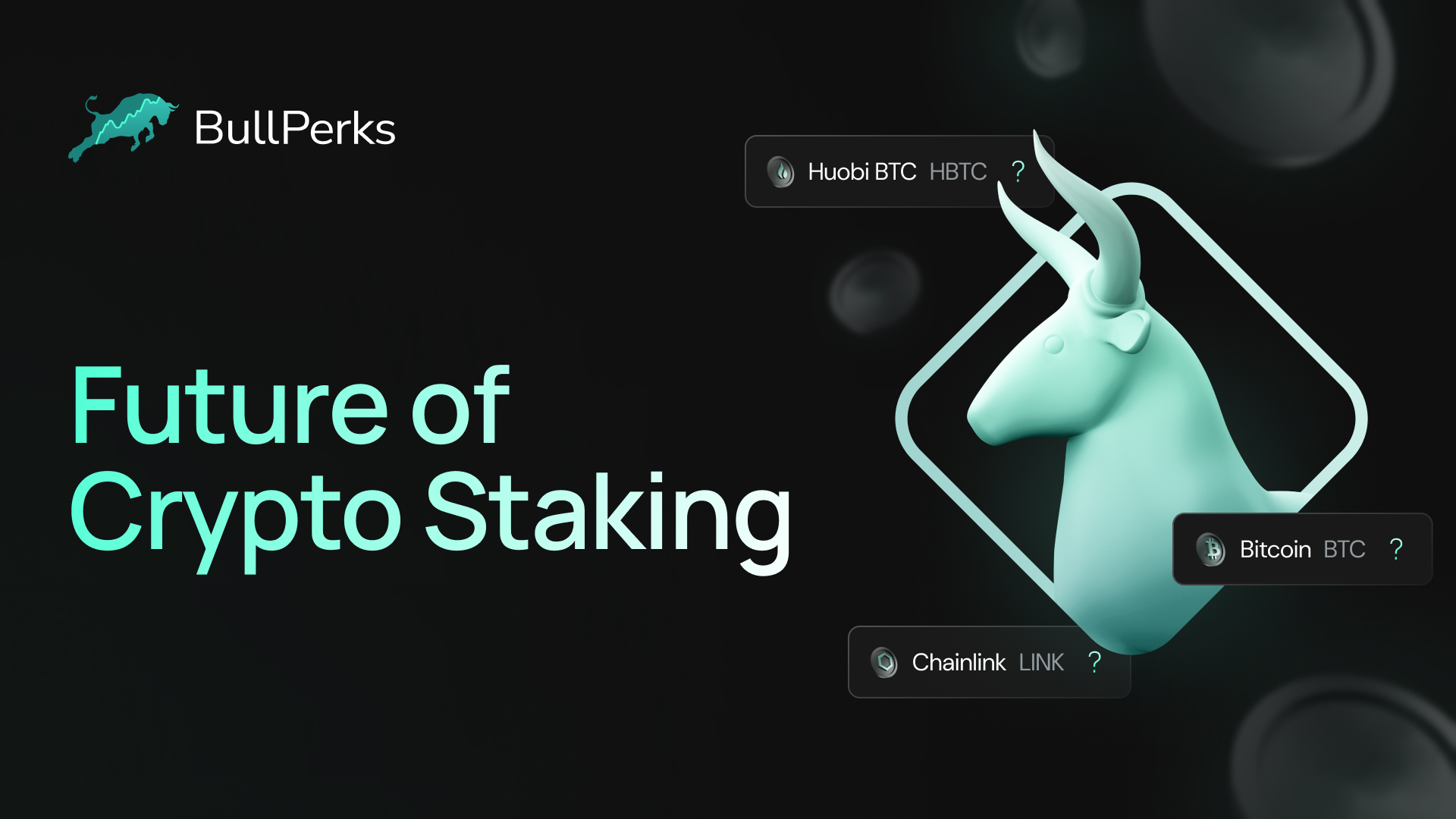 Earning passive income is one of the generally best ways to invest in cryptocurrencies. There are many exciting ways to do that, including staking, participating in crypto airdrops, direct lending, yield farming, and more.
Yield farming is a broad categorization for all methods used by crypto investors to earn passive income. And today, we want to focus on liquidity mining, one of the most common ways of yield farming where users earn a steady stream of passive income. Want to learn more? So let's start!
Earning passive income is one of the generally best ways to invest in cryptocurrencies. There are many exciting ways to do that, including staking, participating in crypto airdrops, direct lending, yield farming, and more.
Yield farming is a broad categorization for all methods used by crypto investors to earn passive income. And today, we want to focus on liquidity mining, one of the most common ways of yield farming where users earn a steady stream of passive income. Want to learn more? So let's start! 
What Is Liquidity Mining?
How does liquidity mining work? The process when crypto holders borrow their tokens to a decentralized exchange platform in return for rewards. Liquidity mining rewards go from fees that are collected from traders.Liquidity Mining Investments Strategy:
Liquidity mining is an investment strategy or the practice of lending assets when participants within the DeFi (decentralized finance) protocol deposit their crypto assets to make it easier for other users to trade on the platform. Participants are rewarded as part of the platform fees or newly issued tokens in exchange for their contributions. Liquidity mining seems even more exciting as users can obtain rewards without needing to make active investment decisions. The main benefits associated with liquidity mining include the potential for high yields, distribution of governance and native tokens, low barriers to entry, and nurturing of trusting and loyal communities.
What Is DeFi?
DeFi is short for decentralized finance. It is a new financial technology based on secure distributed ledgers similar to those used in cryptocurrencies. The system eliminates the control of banks and institutions over money, financial products, and financial services. It eliminates the fees banks, and other financial companies charge for using their services. In addition, with DeFi, users can transfer funds in seconds.What is DeFi Liquidity Mining?
DeFi (decentralized finance) apps use the liquidity mining term to describe the process when users lend crypto to support liquidity of decentralized financial institutions and take rewards for it.How do liquidity pools work and why is it important in DeFi?
Liquidity pools form the backbone of decentralized exchanges (better known as DEXs) through the use of an automated market maker system. An automated market maker, also known as AMM, is a system in which investors, in this case, referred to as liquidity providers, add equal amounts of stablecoins or cryptocurrencies (such as BTC/USDT) into the pool. Thus, users can exchange one stablecoin for another by exchanging Bitcoins of the same value for USDT (Tether). Liquidity providers (or LPs) provide services to DEX buyers and sellers by supplying them with tokens that are easy to trade on the same blockchain. Liquidity pools not only supply a lifeline for the core business of the DeFi protocol but also serve as hotbeds for investors willing to take risks and reap big rewards. Liquidity pools are an innovation in the crypto industry that has no direct analog in traditional finance.
Why DeFi liquidity could be interesting for investors?
DeFi can be called the future of passive index investing. It has every chance and potential to disrupt the passive investing industry by lowering fees, increasing competition and innovation, and providing more choices and exciting opportunities to savers and investors.How do you earn from liquidity mining?

Pros and Cons of Liquidity Mining
Even though liquidity mining can be called a win-win solution for projects and participants, it also has a dark side. Therefore, everyone should consider the following advantages and potential risks before participating.Pros | Cons |
| Providing high liquidity to platforms to ensure initial growth | Technical and scam risks (smart contracts could be hacked) |
| Increasing loyalty to communities | General financial risks |
| Providing positive marketing effect | Unforeseen external events |
| Promoting projects' decentralization | Use risks |
| Very little regulatory effort |
What is liquidity mining example?
Liquidity-mining arrangements, for example, allow cryptocurrency to be lent to cryptocurrency platforms. Tokens consisting of two units in the native cryptocurrency are given out in exchange for reward tokens. The reward tokens were worth $400.00 at the time of issuance.What is the risk of liquidity mining?
Several other risks exclusive to yield farming and liquidity mining are liquidation aka impermanent loss, as well as rug pulls. DEX's will liquidate tokens when their value loses a certain amount of value due to liquidity loss or impermanent loss.Learn more about liquidity mining
If you want to learn more about liquidity mining, you should read about liquidity pools, trading fees, crypto assets, governance tokens, liquidity mining risks, liquidity miners, liquidity tokens, favor institutional investors, crypto liquidity mining, automated market makers, liquidity mining scam, lending crypto assets, liquidity mining protocol, liquidity pool developers, and cryptocurrency market in general.

Conclusion
As you can see, liquidity mining has become increasingly popular among traders, investors, and crypto enthusiasts for many good reasons. However, the rapidly growing crypto industry is still at the very beginning of its exciting journey, and it remains to be seen if liquidity mining will prove to be a worthwhile long-term crypto investment strategy. Do you want to start investing in the most promising crypto projects? Learn how to invest with BullPerks, the fairest and most community-oriented decentralized VC and multichain launchpad! Source: Freepik
Source: FreepikFAQ
Is liquidity mining legit?
Real liquidity mining is legit. It is an investment strategy used to earn passive income with crypto. However, crypto scammers and fraudsters like using official terminology to make their schemes and scam opportunities sound legit and more appealing. Terms can be used incorrectly and conflict with each other. Unfortunately, there are a lot of DeFi liquidity mining scams out there.What is liquidity mining vs. staking?
Liquidity mining is a form of yield farming and another DeFi lending protocol, where you can stake your crypto into a pool to be used by others. It focuses on providing liquidity to the DeFi protocol. Staking refers to locking up your crypto for a defined or undefined period to get rewards (interest). Staking is more straightforward and more accessible to novice traders and crypto enthusiasts.
Is liquidity mining worth it?
Even though liquidity mining has proven to be highly popular among crypto investors because it earns passive income, it is difficult to say whether it's worth it. Everything depends on your investment opportunities and goals.How to learn more about liquidity mining and crypto in general?
To become more tech-savvy and learn more about liquidity mining and crypto, you should be interested in the DeFi ecosystem, how to swap tokens, consensus algorithm, risks of liquidity mining, a liquidity miner, fair distribution, how to claim governance tokens, total value, DeFi protocols, equitable distribution, voting power, how to create passive income, peer-to-peer transactions, decentralized transactions, centralized financial intermediaries how to supply liquidity, existing assets, and more.
Moreover, consider reading about such topics as facilitate trades, centralized exchanges, primary benefits in crypto, transaction fees, equal distribution, blockchain network secure, how to validate transactions and earn rewards, blockchain transactions, consensus mechanism, crypto market, volatile markets, cryptocurrency assets, which risks involved, how to find the best decentralized ecosystem, supplying liquidity, low capital investors, yield mining, idle crypto assets, various liquidity pools, and how not to lose money when working with DeFi platforms and yield farmers.

Would you like to start investing in the most promising crypto projects? Learn how to invest with BullPerks, the fairest and most community-oriented decentralized VC and multichain launchpad!
Disclaimer. This material should not be construed as a basis for making investment decisions or as a recommendation to participate in investment transactions. Trading digital assets may involve significant risks and can result in the loss of invested capital. Therefore, you must ensure that you fully understand the risk involved, consider your level of experience, investment objectives, and seek independent financial advice if necessary.











